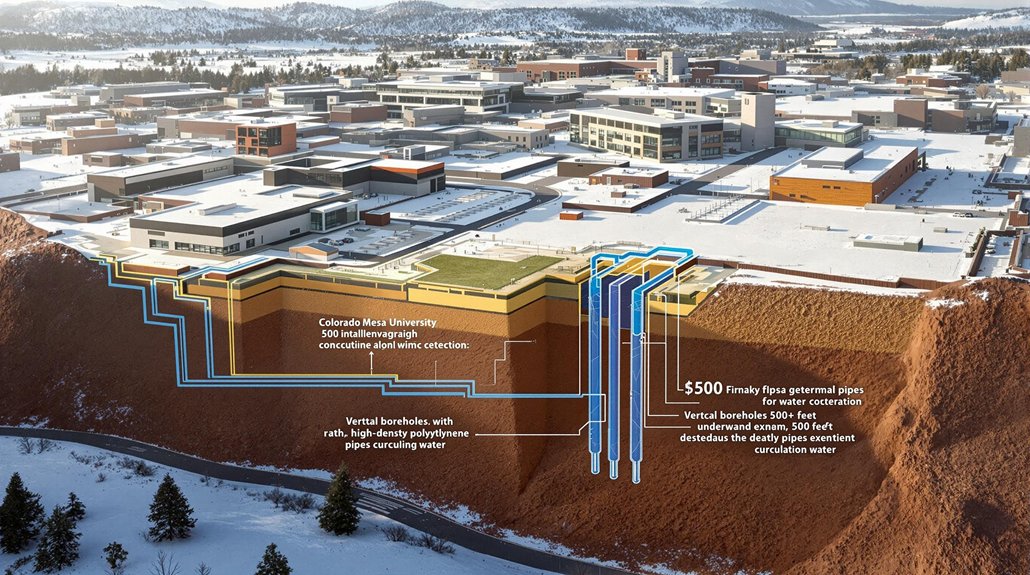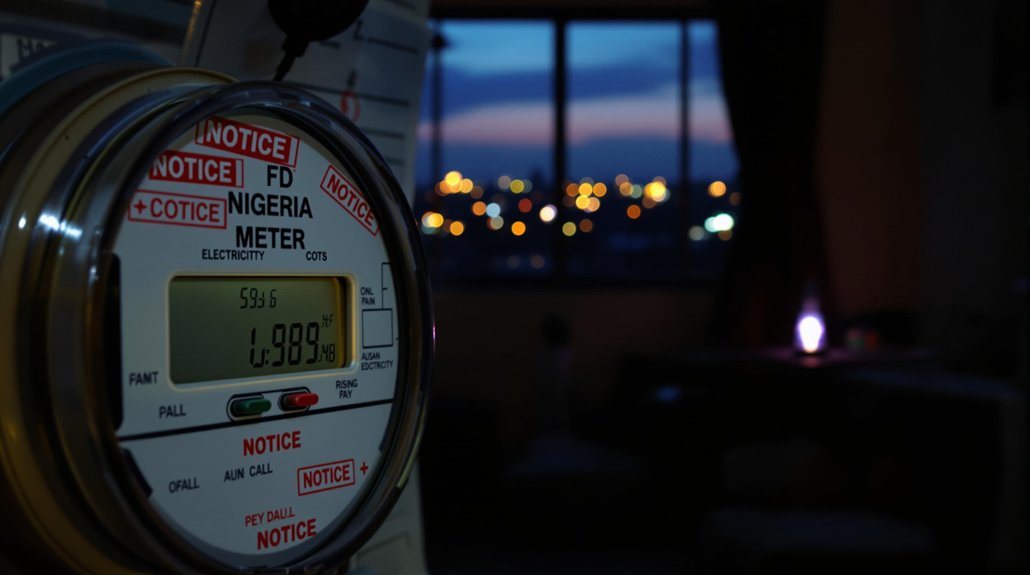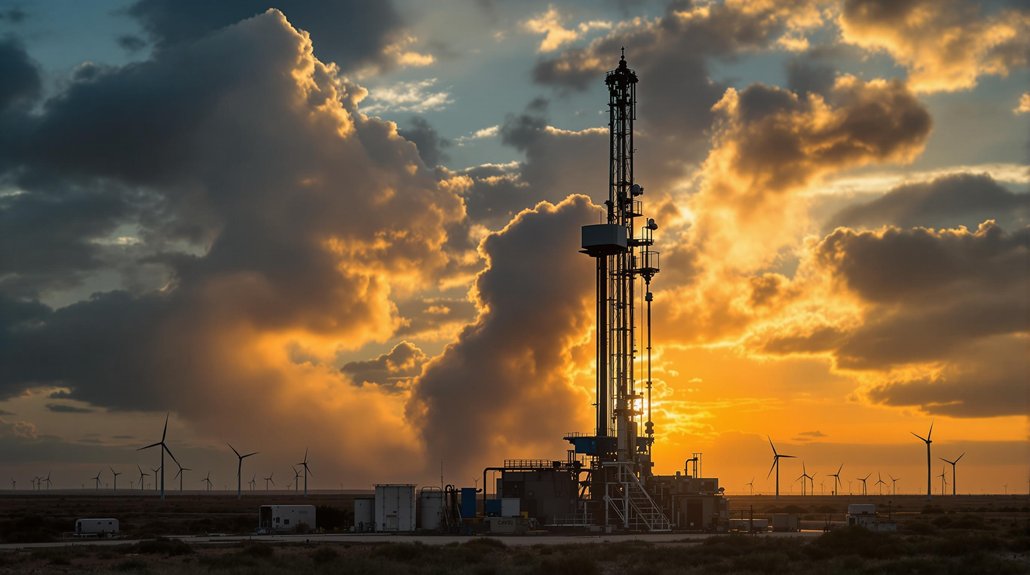Colorado Mesa University has replaced traditional gas heating with an innovative geothermal system. The underground network serves 16 campus buildings, saving approximately $1.5 million annually on energy costs. Water circulates through pipes extending 500 feet below ground, utilizing stable underground temperatures for efficient heating and cooling. The system relies on gas boilers only during extreme weather events. The university’s ambitious project demonstrates how educational institutions can dramatically reduce both costs and environmental impact.
Colorado Mesa University is tapping into Earth’s natural heating and cooling power with a groundbreaking geothermal system. The innovative setup now heats and cools 1.2 million square feet across 16 campus buildings, saving the university approximately $1.5 million each year in energy costs.
The system works by using a network of vertical boreholes that reach 500 feet underground, where the temperature stays at a consistent 54°F year-round. Water circulates through these holes in high-density polyethylene pipes that are thermally fused to prevent leaks. This water exchanges heat with the earth and then travels to central mechanical rooms that distribute the heated or cooled water throughout campus buildings.
Unlike traditional heating systems, this geothermal grid greatly reduces the university’s need for natural gas. Most buildings equipped with the technology only use gas boilers as backup during extreme weather events, which happen fewer than 10 times per year. The system even melts snow and ice on sidewalks and ramps, reducing the need for chemical deicers. At the Rady School, this is made possible through 72 wells that efficiently cycle water through the subterranean aquifer.
The financial benefits are substantial. Western Colorado university buildings using geothermal technology are expected to break even on their investment in just 5 to 8 years. Beyond saving money, the system considerably cuts greenhouse gas emissions by minimizing fossil fuel use. The project demonstrates the 24/7 reliability of geothermal energy, providing constant heating and cooling regardless of external weather conditions.
“We’ve designed the system to maximize space by installing pipes beneath parking lots and green spaces,” explains a university representative. This thoughtful design minimizes surface disruption while providing practical educational opportunities for engineering students.
The success at Colorado Mesa University hasn’t gone unnoticed. The project has influenced regional policy, inspiring “The Heat Beneath Our Feet” initiative launched by the Western Governor’s Association. It’s now serving as a model for other Western states with geothermal potential. CMU aims to be the first university in America to have all facilities fully heated and cooled by geo-exchange systems.
As universities nationwide search for sustainable solutions, Colorado Mesa’s underground approach demonstrates how campuses can move toward ambitious climate goals while keeping operational costs down.








